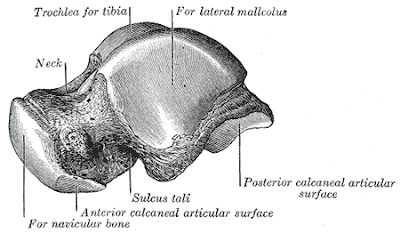Osteoid Osteoma

Osteoid Osteoma is a benign bone lesion with a nidus of less than 2 cm surrounded by a zone of reactive bone. This lesion accounts for approximately 10 % of benign bone tumors1.The tumor occurs most frequently in the second decade and affects males twice as often as females. The proximal femur is the most common location followed by the tibia, posterior elements of the spine, and the humerus. Osteoid Osteoma is found in the diaphysis or the metaphysis of the proximal end of the bone more often than the distal end.Osteoid osteoma has a distinct clinical picture of dull pain that is worse at night and disappears within 20 to 30 minutes of treatment with non-steroidal anti-inflammatory medication. Joint pain may be present with a periarticular lesion and synovitis can occur secondary to an intraarticular lesion. Local symptoms can include an increase in skin temperature, increased sweating and tenderness. Epiphyseal lesions can cause abnormal growth. The classic radiological presentation ...